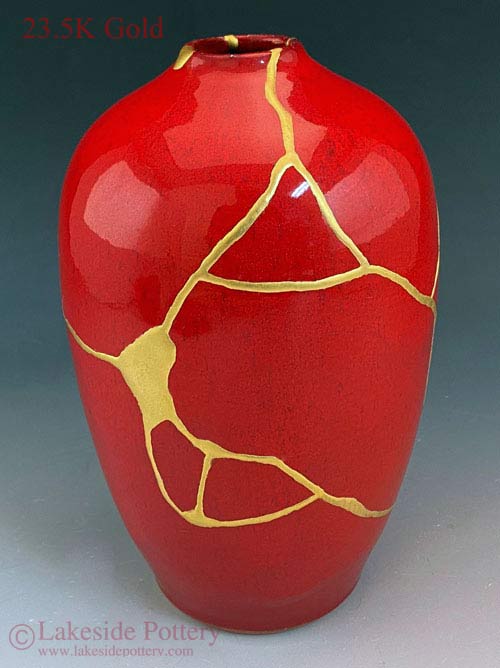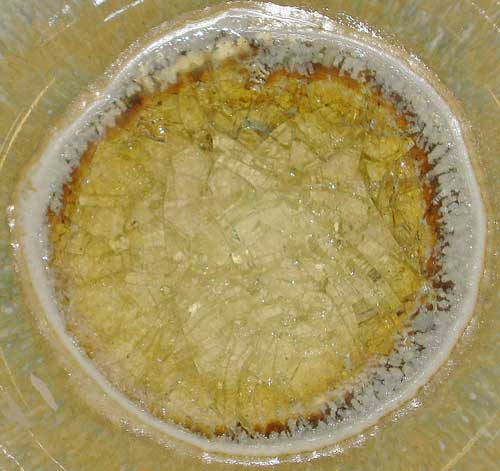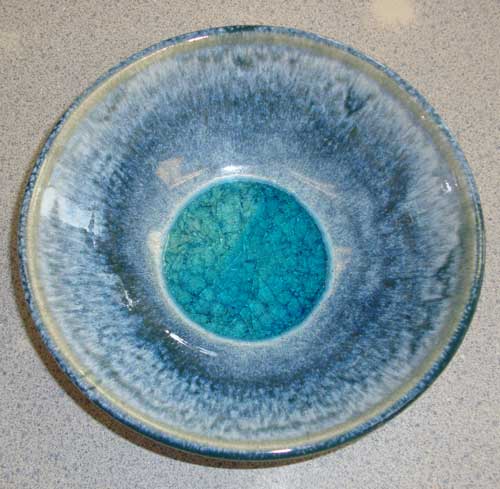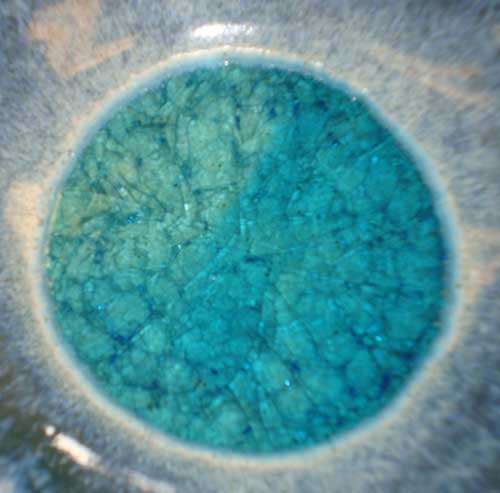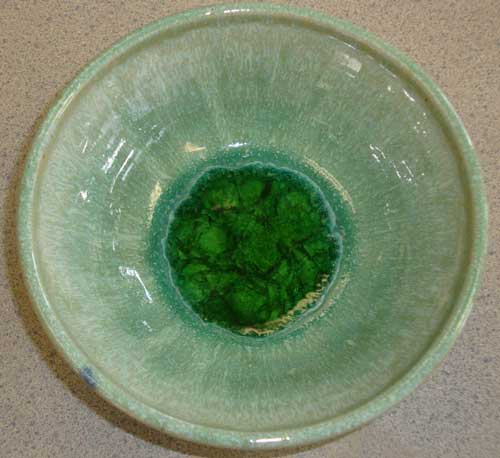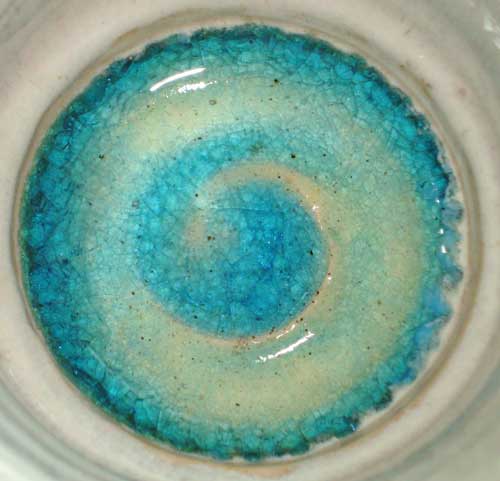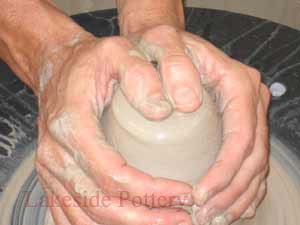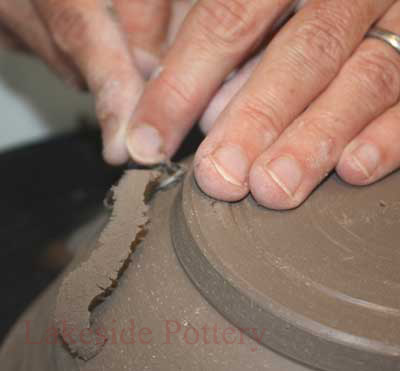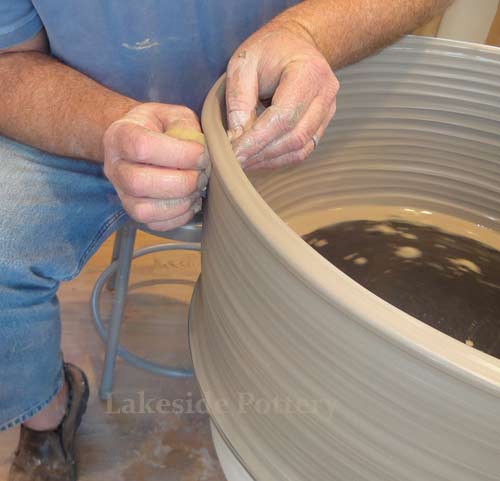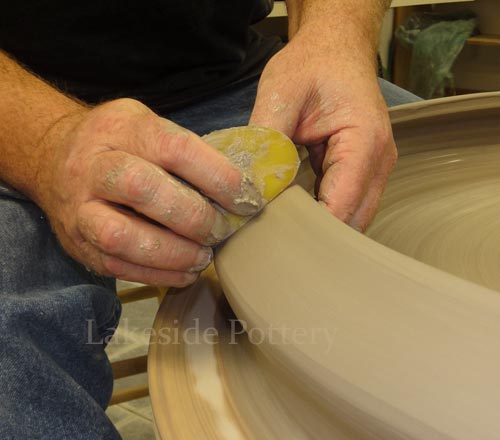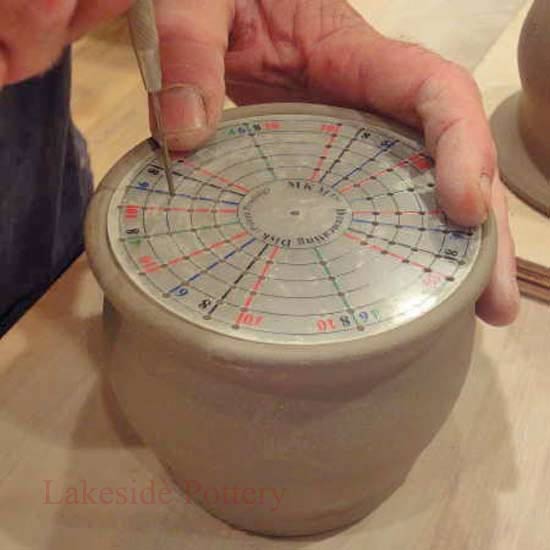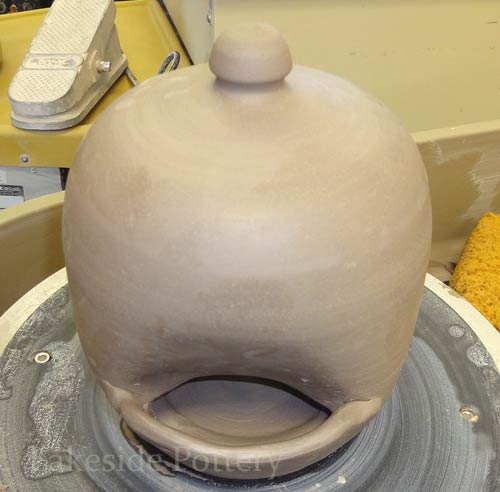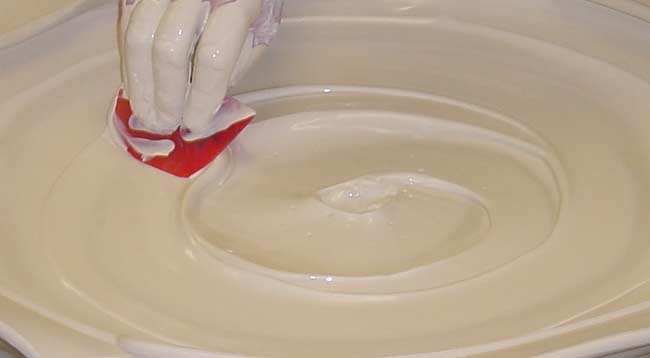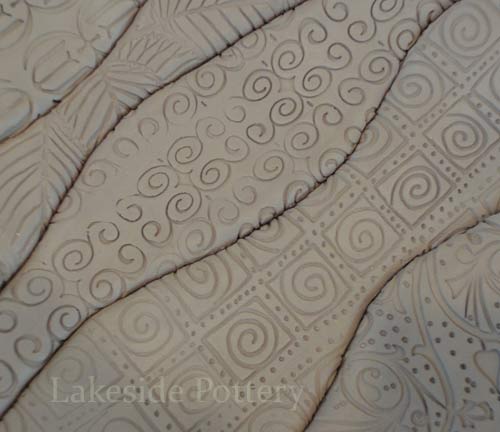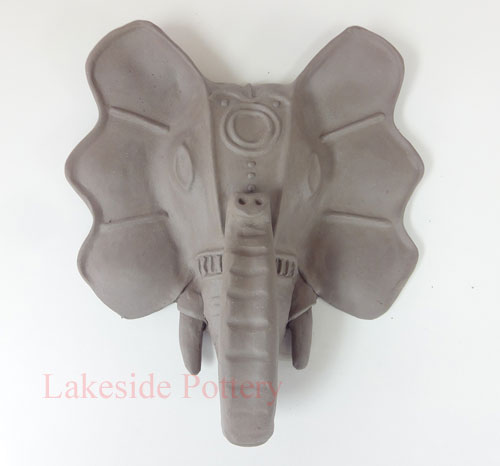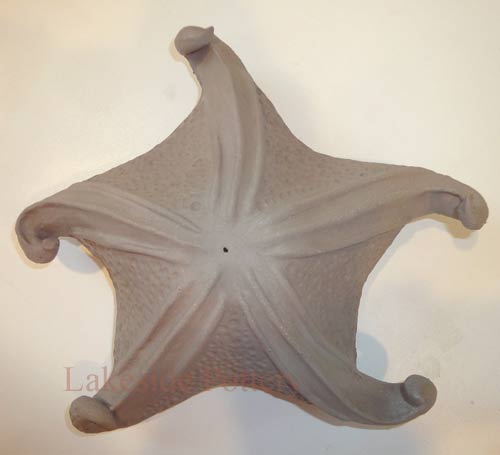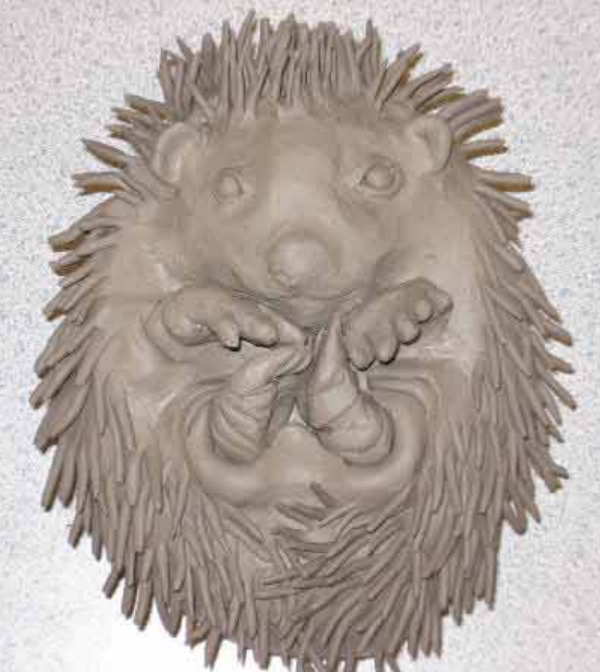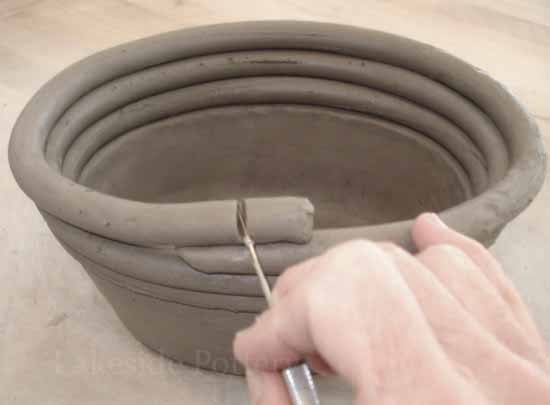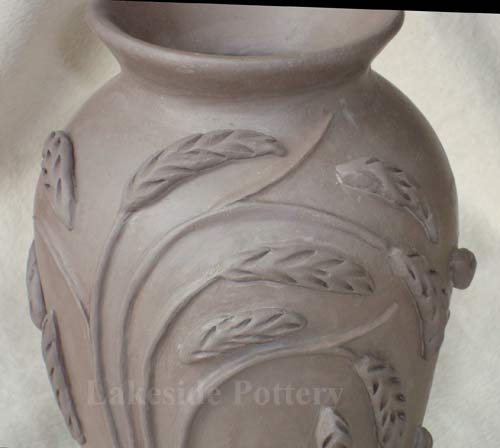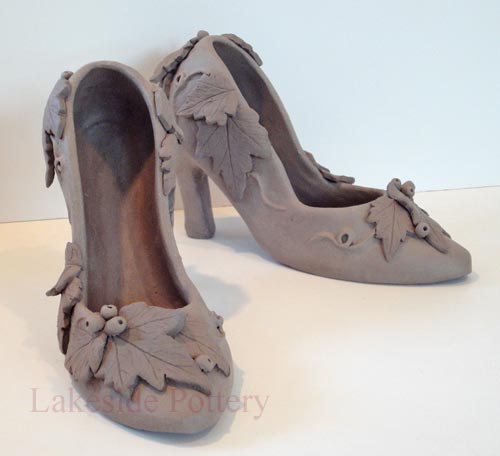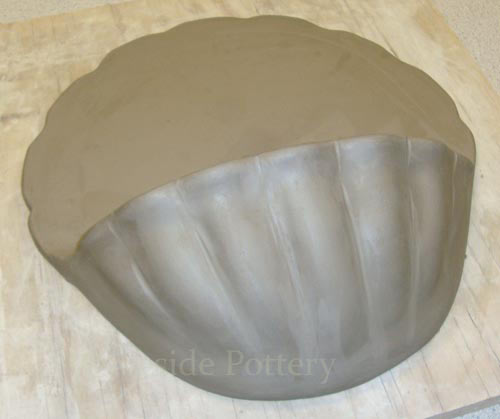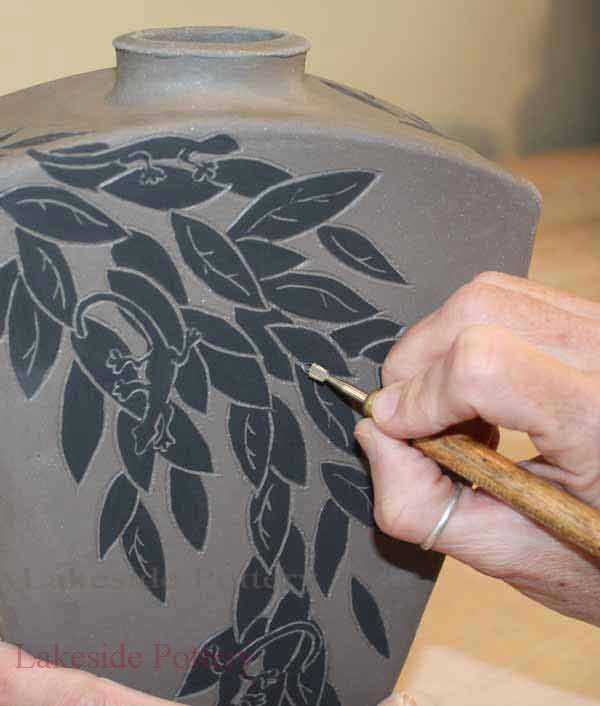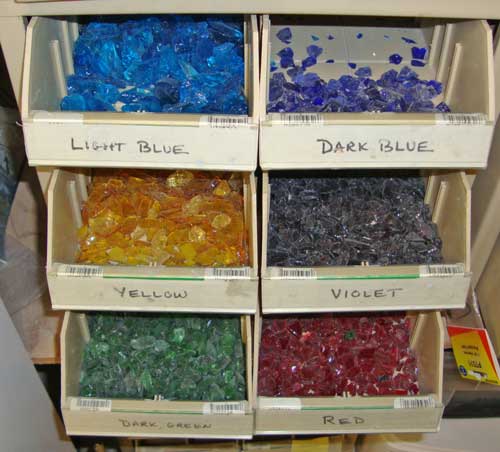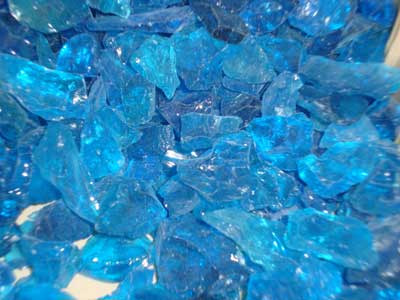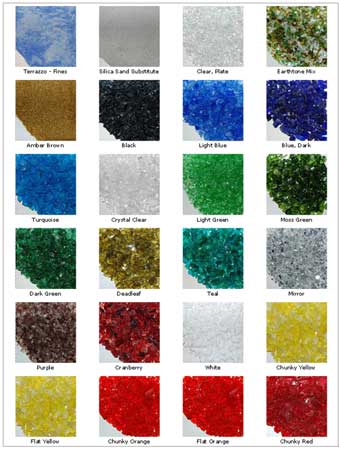|
||||||||||||||||||||||||||||||||||||||||||||||||||||||||||||||||||||||||||
|
||||||||||||||||||||||||||||||||||||||||||||||||||||||||||||||||||||||||||
This glass on pottery tutorial answers the most common and important questions, including:
Whether you're a seasoned ceramic artist or a curious beginner, this guide will demystify the process of firing / melting glass on pottery and help you explore its creative potential. Important Notes Before You Begin
With experimentation and the right technique, fusing and melting glass with pottery can open up an exciting new chapter in your ceramic journey.
What Kind of Glass Should You Use on Pottery?Glass varies widely in melting temperature and chemical composition, which can significantly affect your final results. (See Appendix A and Appendix B below for detailed information.) At Lakeside Pottery Studio, we've tested a range of glass types, including broken bottles, sea glass, recycled window glass, and mosaic pieces, with mixed outcomes. One key lesson we learned is that appearance is not a reliable indicator: two pieces of glass that look identical can behave very differently in the kiln. For instance, one may retain its original green color while another turns white after firing, simply because they came from different sources. We also found that sea glass, despite its higher cost, produced the same results as ordinary broken glass, making it a less practical choice for this technique. Glass and Glaze Additives:
|
||||||||||||||||||||||||||||||||||||||||||||||||||||||||||||||||||||||||||
|
Before Scraping
|
Scraping glaze
|
Glass oover scraped glaze |
 |
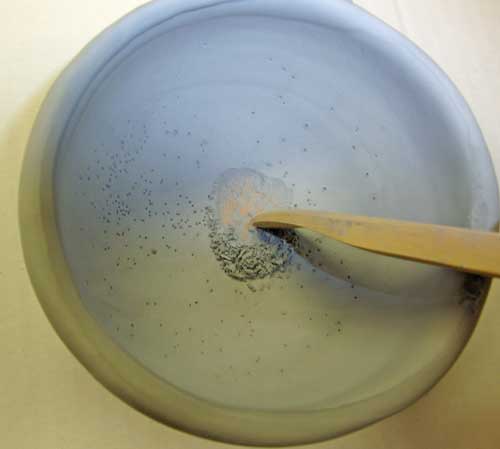 |
 |
|
Glass over glaze |
Removing scraped glaze |
Lighter color where glaze was removed |
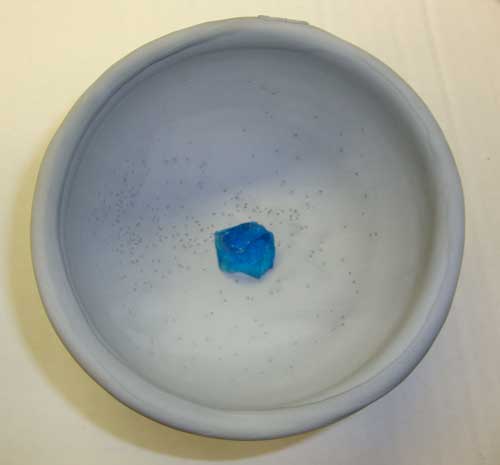 |
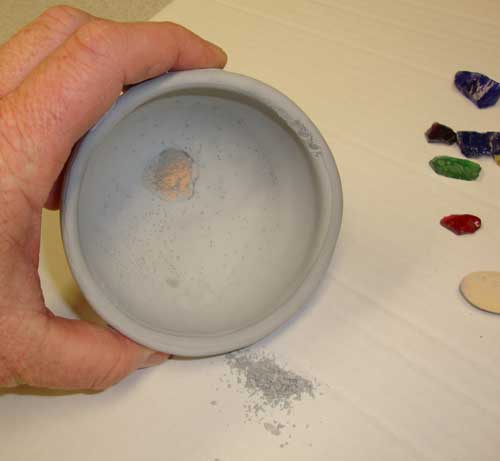 |
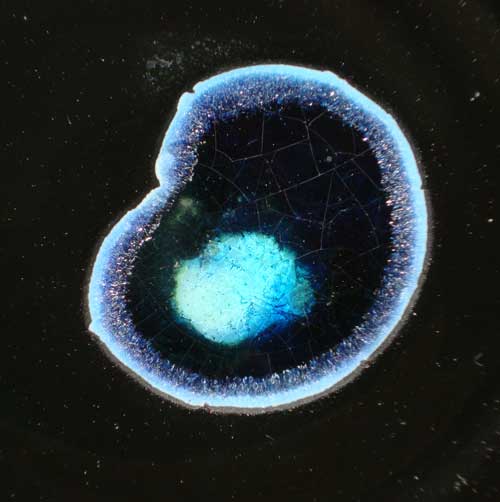 |
How Much Glass Should You Use on Pottery?
Determining how much glass to apply depends on both the effect you want to achieve and the physical limitations caused by differences in material properties. Glass and clay have different thermal expansion rates, meaning they expand and contract at different rates during firing and cooling. This mismatch often results in crazing (crackling) of the glass surface, depending on the type of glass, clay body, and the quantity used.
Guidelines and Cautions:
- Test first on sample tiles. Before applying glass to a finished piece, always experiment with test tiles (see example below). This helps you understand how a particular clay and glaze combination reacts with the glass during firing.
- Less is often more. Overusing glass can create stress and structural problems due to the tension between the shrinking clay and the more rigid, melted glass surface.
Potential Problems with Too Much Glass:
- Sharp, uneven cracking:
If too much glass is used, the crackled surface may not settle evenly. Some cracks might be raised, leaving sharp edges that can pose a risk of injury.
- Structural failure on handbuilt forms:
On larger or handbuilt items like trays, excess glass can create tension that leads to delayed cracking. For example, a tray may appear fine when removed from the kiln, only to develop cracks or break at the corners a few hours later as internal stress is released.
To achieve safe, aesthetically pleasing results, start small, document your tests, and adjust the glass volume based on how your materials respond in the kiln.
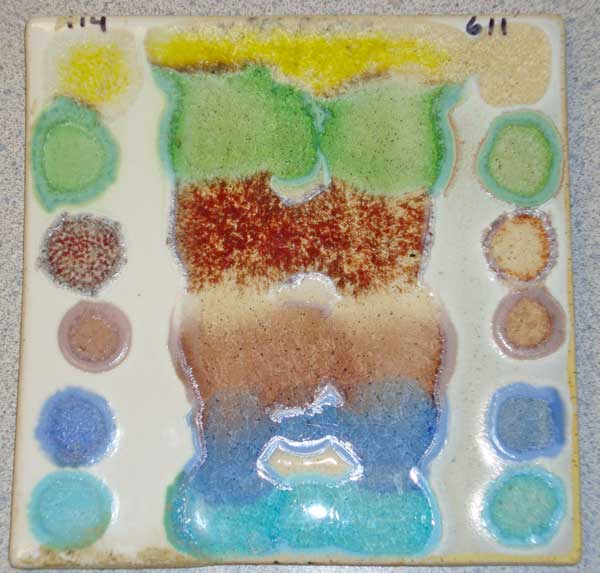 |
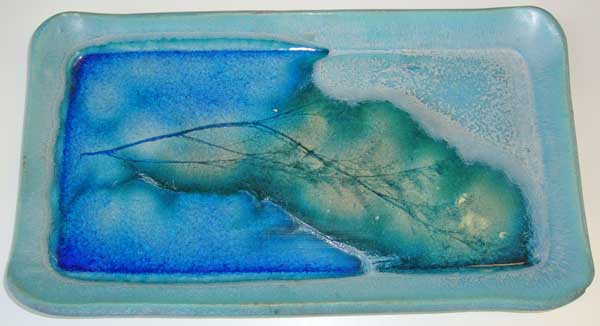 Too much glass on corner can break the ceramic |
How Glass Interacts with Glazes on Pottery
When working with pottery, it's helpful to think of glass as another type of glaze, because that's essentially how it behaves in the kiln. This means that each glass and glaze combination can produce different visual and chemical results.
It's crucial to test each combination individually, even when using glass of the same color. For instance, red glass may remain vibrant red with one glaze but turn brown or black when used with another. These chemical interactions are often unpredictable and can only be understood through testing.
From our experience at Lakeside Pottery Studio, the most consistent results across various glazes come from yellow and light blue glass (sourced from American Specialty Glass), which tend to retain their color more reliably regardless of the underlying glaze.
Is Glass on Pottery Food Safe?
No - glass on pottery is not food safe.
Fired glass surfaces naturally develop cracks and crazing during the cooling process. These tiny fissures can trap food particles, dirt, and bacteria, making the surface unsafe for food contact.
Pieces using glass should be considered decorative only and never used for serving or storing food or beverages.
Why Is Crackled Glaze Used on Functional Pottery in the Far East, But Glass on Pottery in the USA and Elsewhere Isn’t Considered Food Safe?
See answer in Appendix C below
More Examples of Melted Glass on Pottery
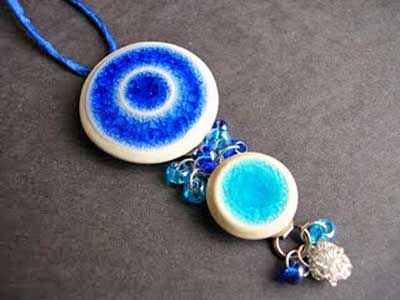 |
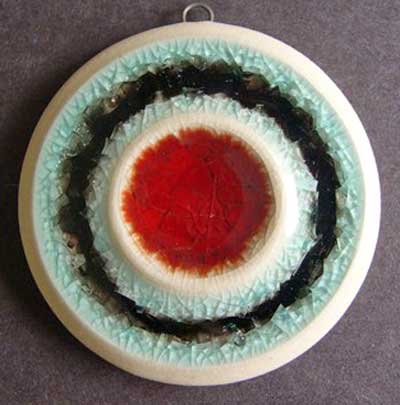 |
 |
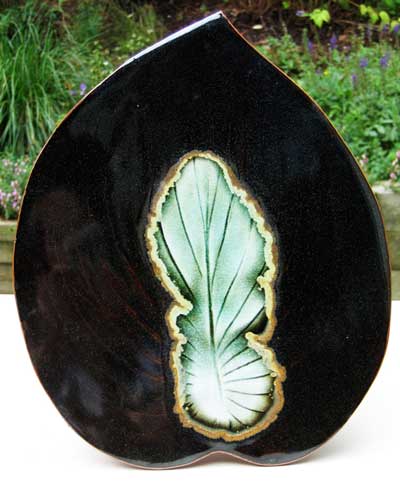  |
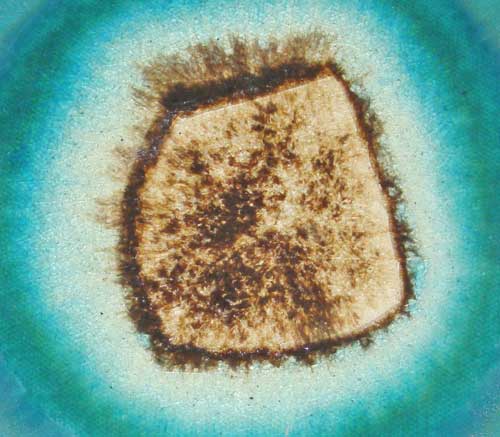 |
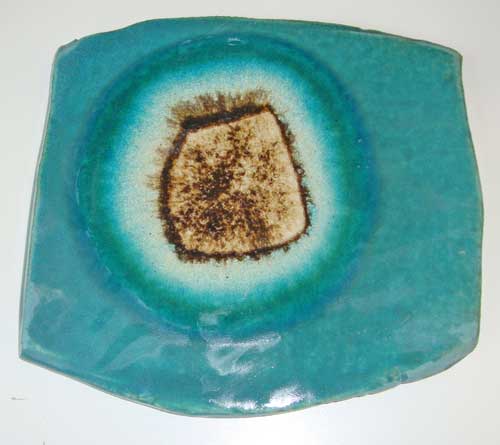 |
 |
||
 |
||
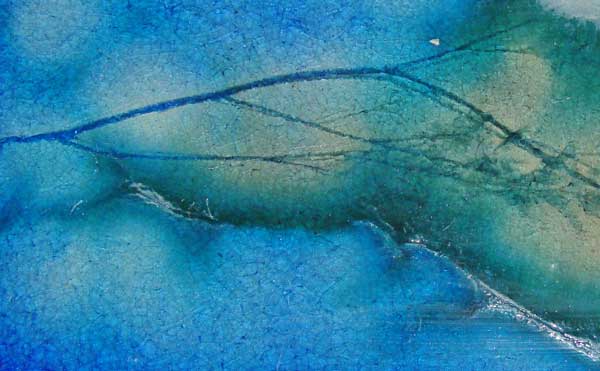 |
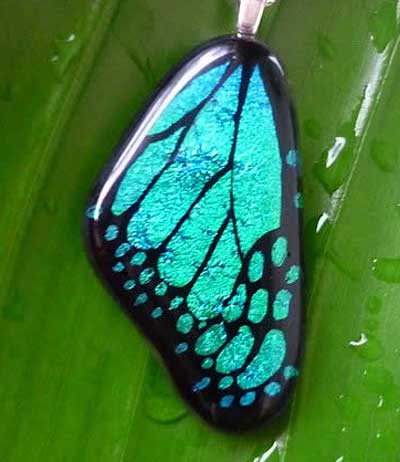 |
|
 |
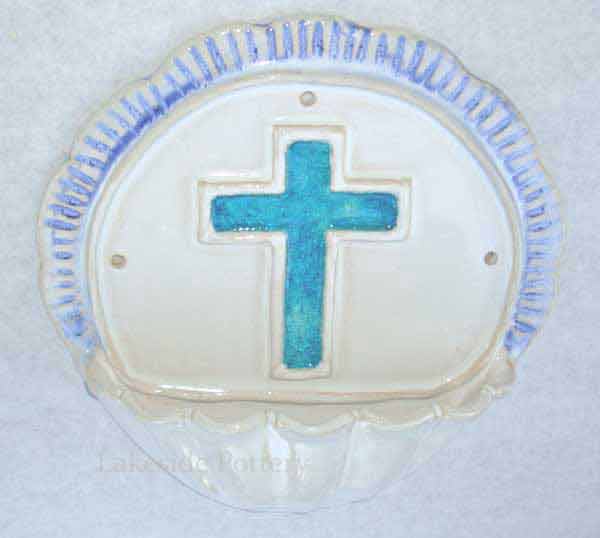 |
|
 |
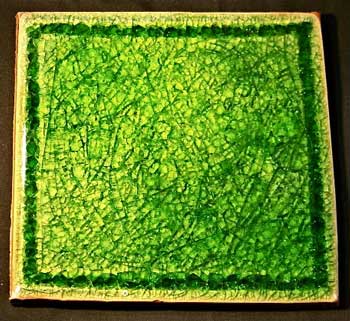 |
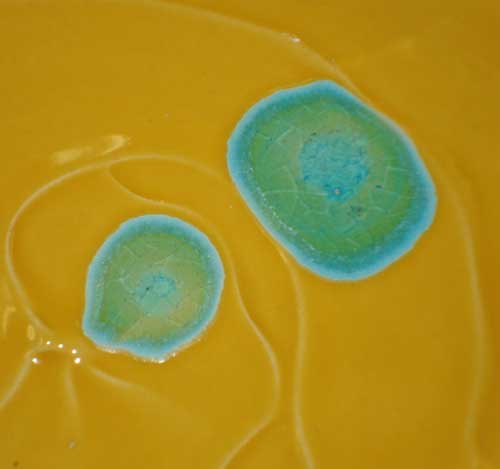 |
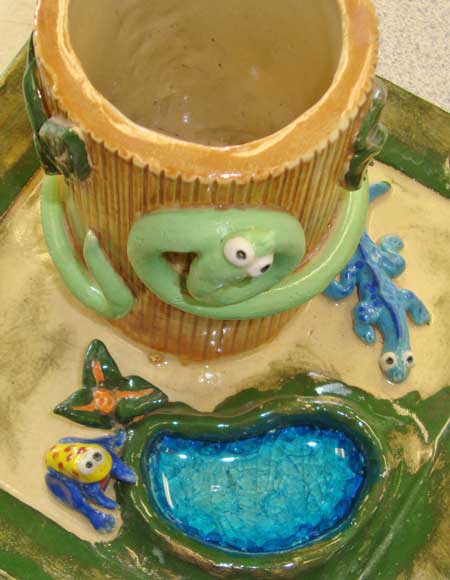 |
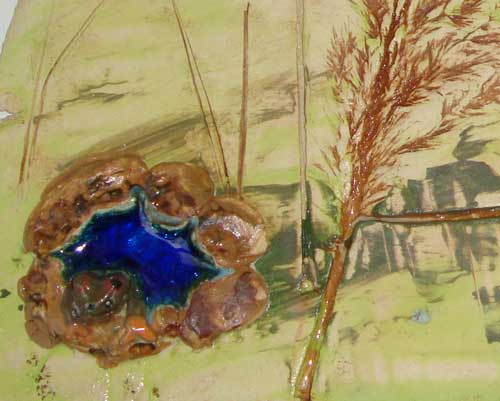 |
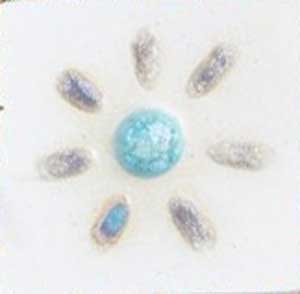 |
|
Kids projects where the melted glass appears like water
|
||
| Glass Compounds | Colors |
| iron oxides greens | browns |
| manganese oxides | deep amber, amethyst, decolorizer |
| cobalt oxide | deep blue |
| gold chloride | ruby red |
| selenium compounds | reds |
| carbon oxides | amber/brown |
| mix of mangnese, cobalt, iron | black |
| antimony oxides | white |
| uranium oxides | yellow green (glows!) |
| Sulfur compounds | amber/brown |
| copper compounds | light blue, red |
| tin compounds | white |
| lead with antimony | yellow |
Appendix B - Glass Melting Point
Glass has different melting points depending on what the composition of the glass actually is. Standard soda lime Silica (the most common kind of natural glass) melts at something on the order of 1500 °C, or about 2700 °F. Pure silica needs fluxes to melt at lower temperatures. Glass is made from a variety of substances, depending on the intent of use. Mostly sand, lime and soda are what most glasses are made of. There are many types of glasses ex, bulletproof, tempered, tinted, stained, etc.
Appendix C
Why Is Crackled Glaze Used on Functional Pottery in the Far East,But Glass on Pottery Isn't Food Safe?
It’s true that in parts of East Asia, especially in traditional Chinese, Korean, and Japanese pottery, crackled glazes, also known as crazed or celadon glazes, have been used for centuries on functional wares. So why is that considered acceptable, while fired glass surfaces are not food safe?
Here’s the key distinction:Glaze vs. Glass: Structural Differences
Crackled glaze is still a type of ceramic glaze, which chemically bonds with the clay body during firing. While it develops fine surface cracks due to differences in shrinkage between the glaze and clay, these are often sealed beneath a layer of stable glaze or absorb moisture only to a minimal depth.
Melted glass, however, does not chemically bond with the ceramic. Instead, it sits on top of the glaze or bisque surface. When it cools, it forms larger, deeper, and more open cracks, which can easily trap food particles, moisture, and bacteria. These cracks are not sealed or protected and remain porous and exposed.
Cultural Practices and Usage
In East Asia, crackled glazes used on tea bowls or rice dishes are sometimes pre-soaked or seasoned with tea or starch to stain and seal the cracks, an aesthetic and symbolic tradition rather than a safety precaution.
In Western standards (FDA and equivalent), any surface that cannot be fully cleaned and sanitized is considered unsafe for food contact. This includes deeply crazed or cracked glass.
Bottom Line
Even though crackled glaze may be acceptable in traditional contexts, fired glass surfaces are structurally and hygienically more risky. For that reason, pottery with melted glass should always be treated as decorative only, no matter how appealing the surface may look.
| COPYRIGHT Lakeside Pottery LLC ; COPYRIGHT details and linking policy; |











